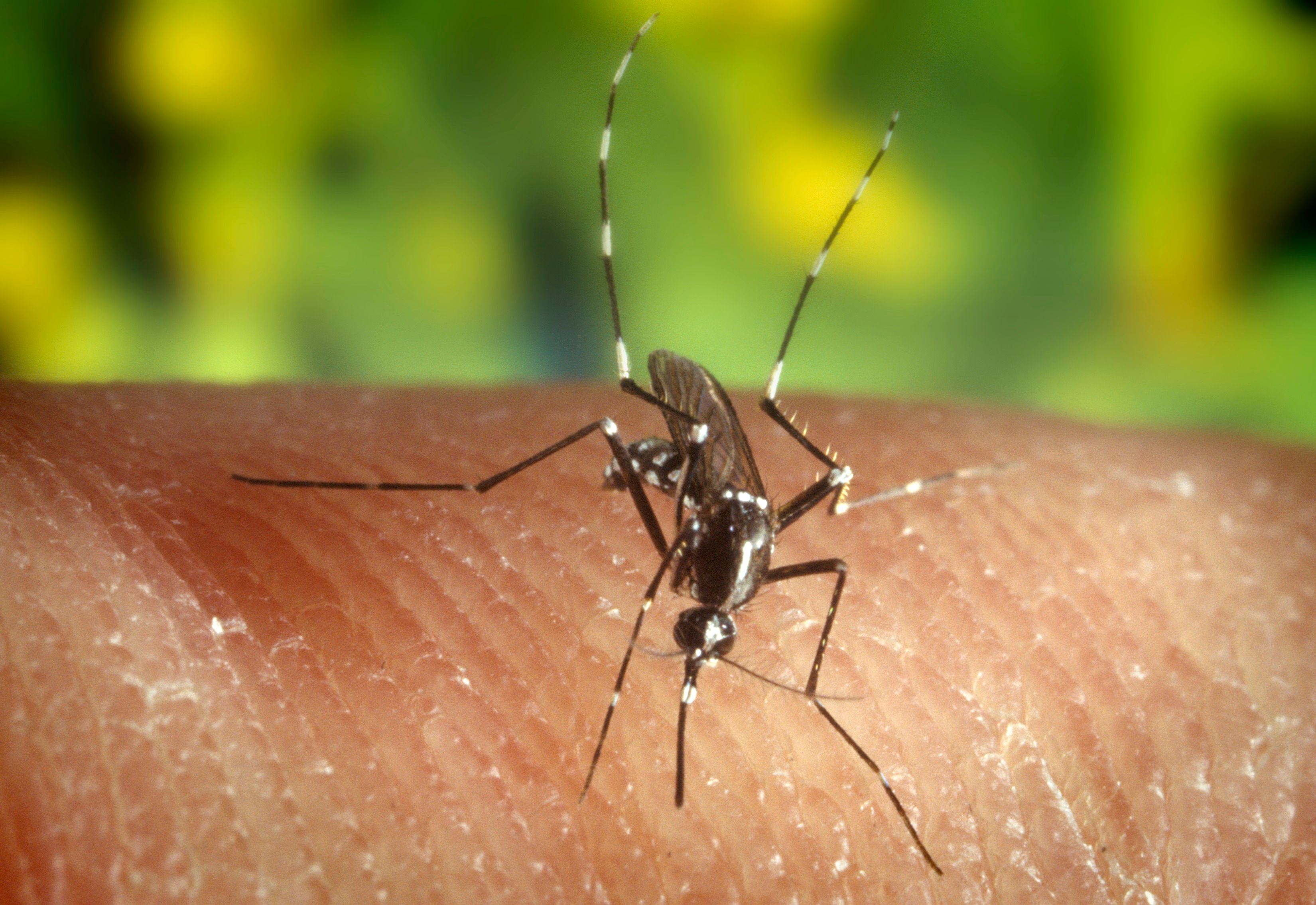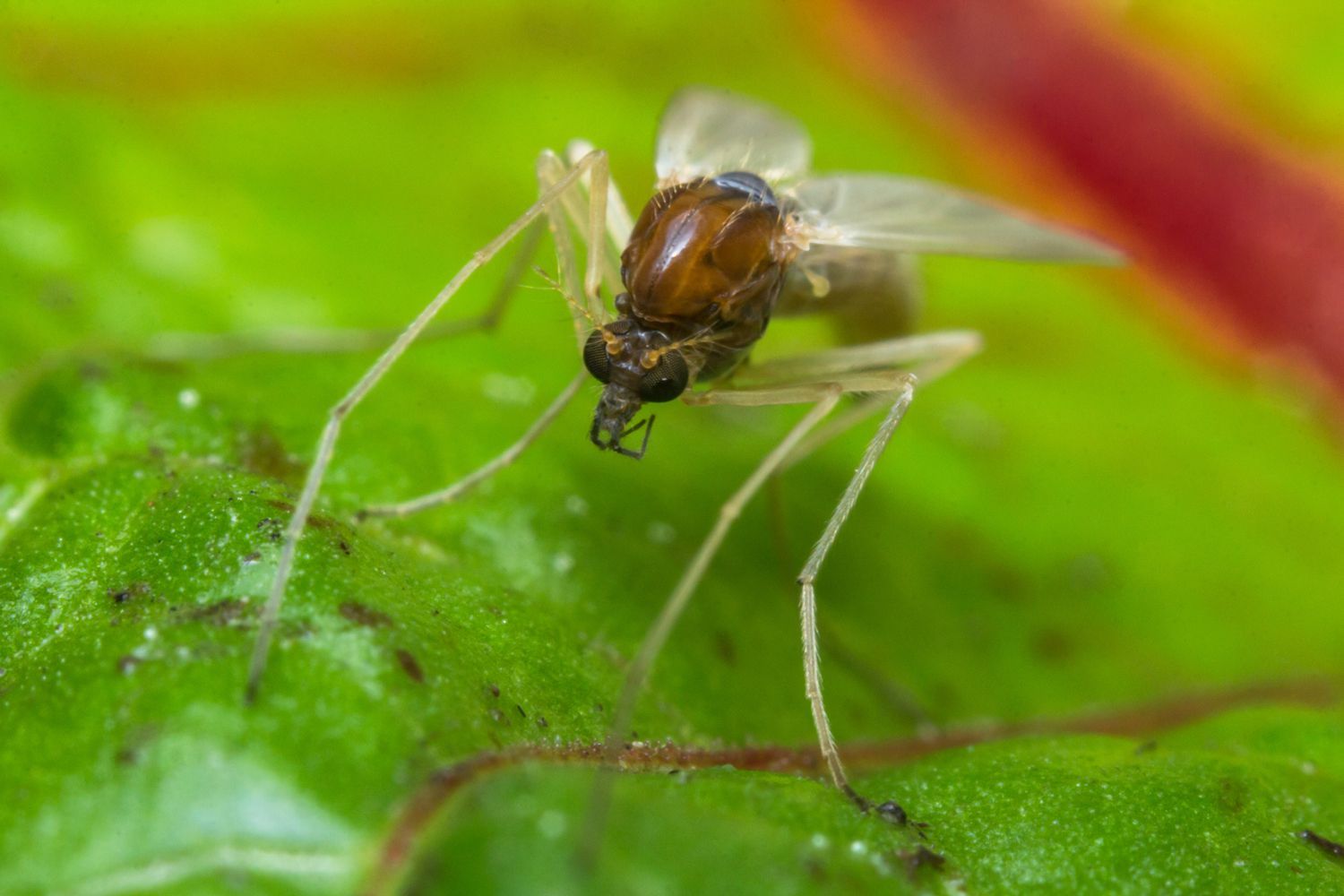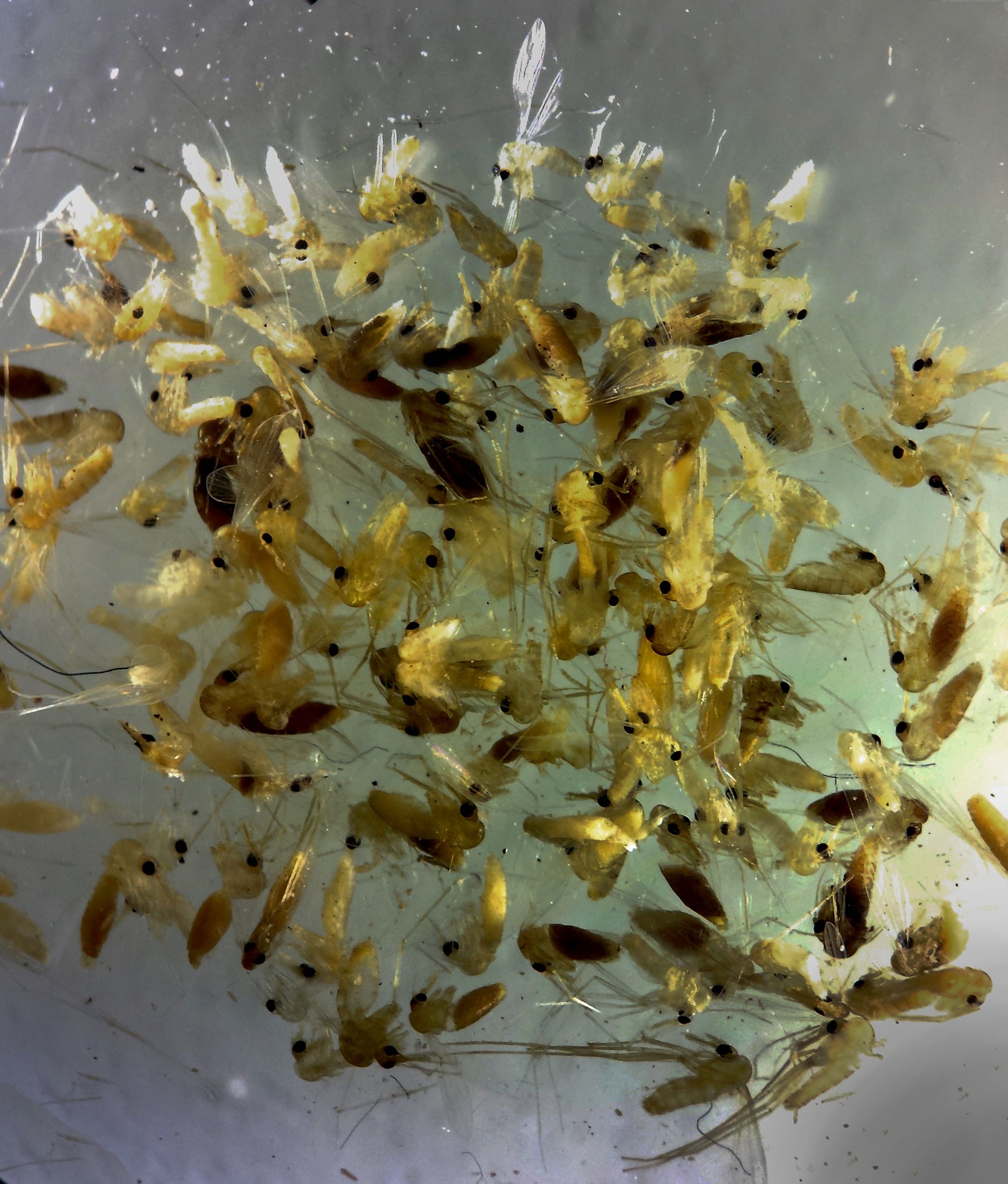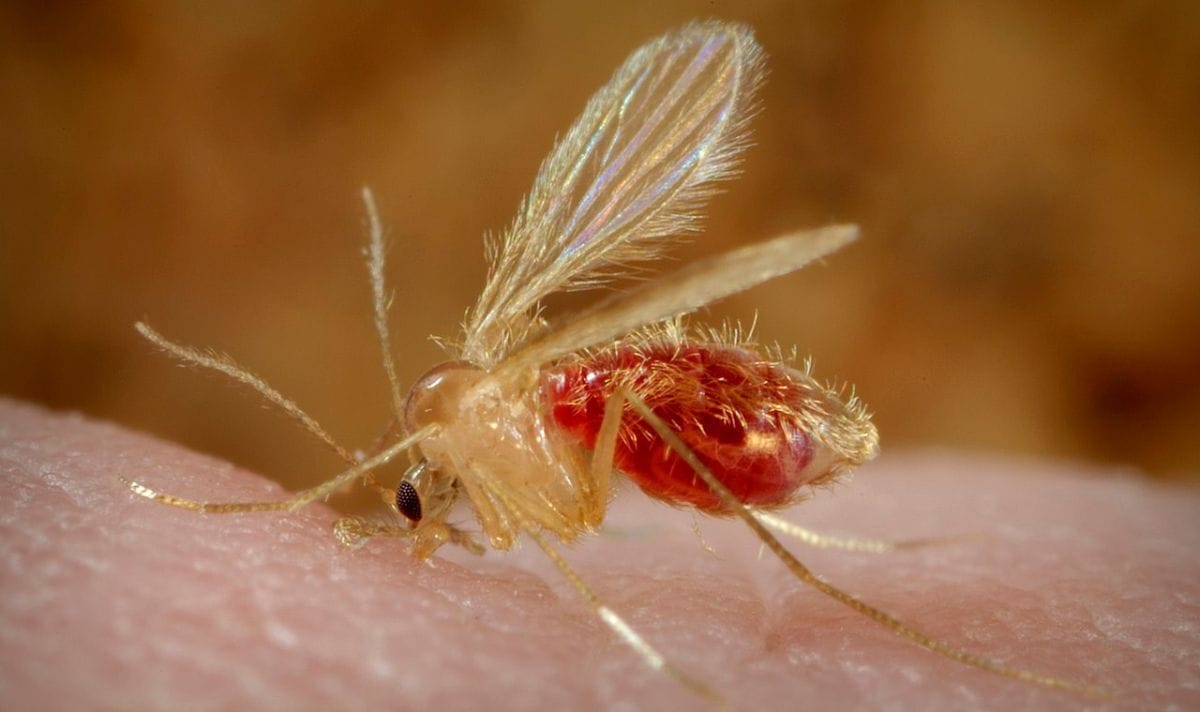CDC Warns Flesh-Eating Parasite is Now an Endemic in the U.S.
Most countries are still not entirely recovered from the COVID-19 pandemic, but a recent announcement from the Centers for Disease Control and Prevention has caused concern of a new beast. According to experts, there is now a flesh-eating parasite that has made its way to the U.S. Not only have there been cases of the disease in The States, but the problem has been raised to an endemic, and the CDC is warning the public.
The disease has now developed a strain unique to the U.S. Here is what we know about the parasite and what the CDC and other experts have to say about keeping the public safe from this disease.
What is the Parasite?
The name of the parasite is Leishmania Mexicana. The name comes from Campeche, Mexico where the species originated.

Source: Wikimedia Commons
It was originally thought to be kept to Mexico alone but it appears the disease has now spread to the southern U.S.
Why Has it Spread?
Experts believe that the parasite has spread rapidly due to increased climate temperatures. Rising temperatures have made an improved environment for the deadly parasite to thrive.

Source: Wikimedia Commons
This combined with its natural instinct to thrive in tropical climates has made the U.S. a perfect breeding ground for the disease. It has previously thrived in tropical regions like that fo the Mediterranean, the Middle East, and Latin America.
Another Reason for the Spread
This is not the first time a case of the disease has been found in the United States, but it is the first time the concern has been raised by the CDC.

Source: Wikimedia Commons
Previously, the parasite was only found in people who had traveled outside of the U.S., and it was not native the the States. Now, things have take a turn for the worse due to climate conditions.
How Does it Spread?
The disease is spread through sandflies which bite people or animals. Scientists have found the disease in animals such as wood rats and most commonly in dogs.

Source: ABC7Chicago
The importation of some of these dogs into the U.S. is another cause for the increase in cases in the United States.
Raising Concern
The CDC’s concerns related to the disease over the past few years has been relatively low: “This is a disease that we in the United States don’t really think about. It’s really a disease that belongs to other countries”.

Source: X
But now, the doctors and specialists with the CDC believe it is critical to raise awareness of the disease, as it has become an endemic level concern in certain parts of the country, including Texas.
What Does the Parasite do to Humans?
In most cases which have been studied the disease is not fatal. However, with mutations, it is possible that it becomes much more deadly.

Source: Wikimedia Commons
Rather, the most common sign of the bite is skin disfiguration and ulcers. It may not be visible for weeks or months after the sandfly bite but when it appears it is easy for doctors to identify the source as it is pretty unique to the parasite.
The U.S. Strain
The CDC notes that previously the cases of the bite studied in the U.S. have been genetic strains from abroad. The difference now is that the strain circulating is parasitic.

Source: Twitter
This strain is different from those typically seen in Mexico and Latin America.
Other Symptoms
Outside of the signature skin ulcer that occurs in many patients, other symptoms include fever, weight loss, and liver swelling.

Source: Twitter
These symptoms are treatable but the CDC recommends seeking professional assistance as fast as possible.
Dogs Pose A Potential Deadly Threat
Researchers are concerned that dogs could bring a deadlier strain

Source: Getty Images
The increase in dogs coming to the U.S. from abroad through adoption, travel, and moving has been accompanied by the parasite’s spread.
Conclusion
For now, the CDC is trying to gain more data and wants to notify the public to be aware.

Source: Getty Images
